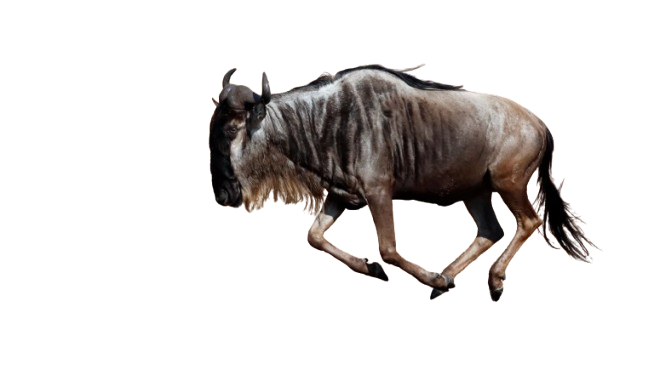When to Visit Serengeti National Park
To fully benefit from visiting the Serengeti bush land, it is vital to take note of the best time when to take a look at the wild wonders. Viewing the wildlife in the Serengeti National park is possible throughout the year,but some areas are better off visited at particular times.Taking an example of the dry season that kicks off from late June to September.Around this time of the year, the wild life viewing in general is perfect with the migration of the wildebeest as the absolute highlight. For each time of the year,the migration varies with its timing. The best opportunity to see the migration is during June and July while from late January to February takes over for the calving of the wildebeest.
The dry season
This has 5 good months ( June to October) of the migration of the wildebeest in the western corridor in June to July
Waterholes and rivers, the less thick vegetation attract the animals to concentrate around them making their spotting easier.
There is very little rain since it is mostly sunny lowering the chances of catching malaria given that there are very few mosquitoes during the sunny season.
Given that this is the peak season for wildlife viewing, the Serengeti is rather crowded around the seronera area, with cold mornings and nights. Warm clothing is a pre-requisite during the early morning game drives from the month of June to August.
The wet season
The wet season stretches on from November to May for 7 months .Looking out to see excellent predator action, late January to February is the time to take a look at the calving in the southern Serengeti.
The luxuriously growing vegetation is flourishing around this time.
Bird watching is at its best since migratory birds are also present and this is possible because the Serengeti can be visited throughout the year to view the wildlife.
With exceptions for the months of March, April and May, short afternoons usually define the rains which do not often interfere with your Tanzania safari trip.
The peak of the wet season is normally experienced for 3 months from March to May.
April and May mark the low season one of the reasons for the park being less crowded and thus with possibilities of making the rates less.
The best weather with little to no rainfall is expected from June to October.
Want to catch the wildebeest before they return to Masai Mara in Kenya, during August,your time to visit the Serengeti is between October and July.
Big toe animals move as a buntch, it does not only depend on the patterns of the rains for each year,but large groups of animals move around the Serengeti with considerations for the time of the year.
The Serengeti is mainly covered by classic bimodal rain trend for East Africa with short rains mainly falling during November and December. The period between March to May brings in the long and heavier rains bringing the maximum mean monthly temperatures to being relatively uniform throughout the year. Having them constant at 27 -28 degrees Celsius at the seronera. Very cold nights can be experienced at the Ngorongoro due to the altitudes. The rains are long in Northern Tanzania during April and May, it is therefore perfect to be on Safari any other time apart from then.
